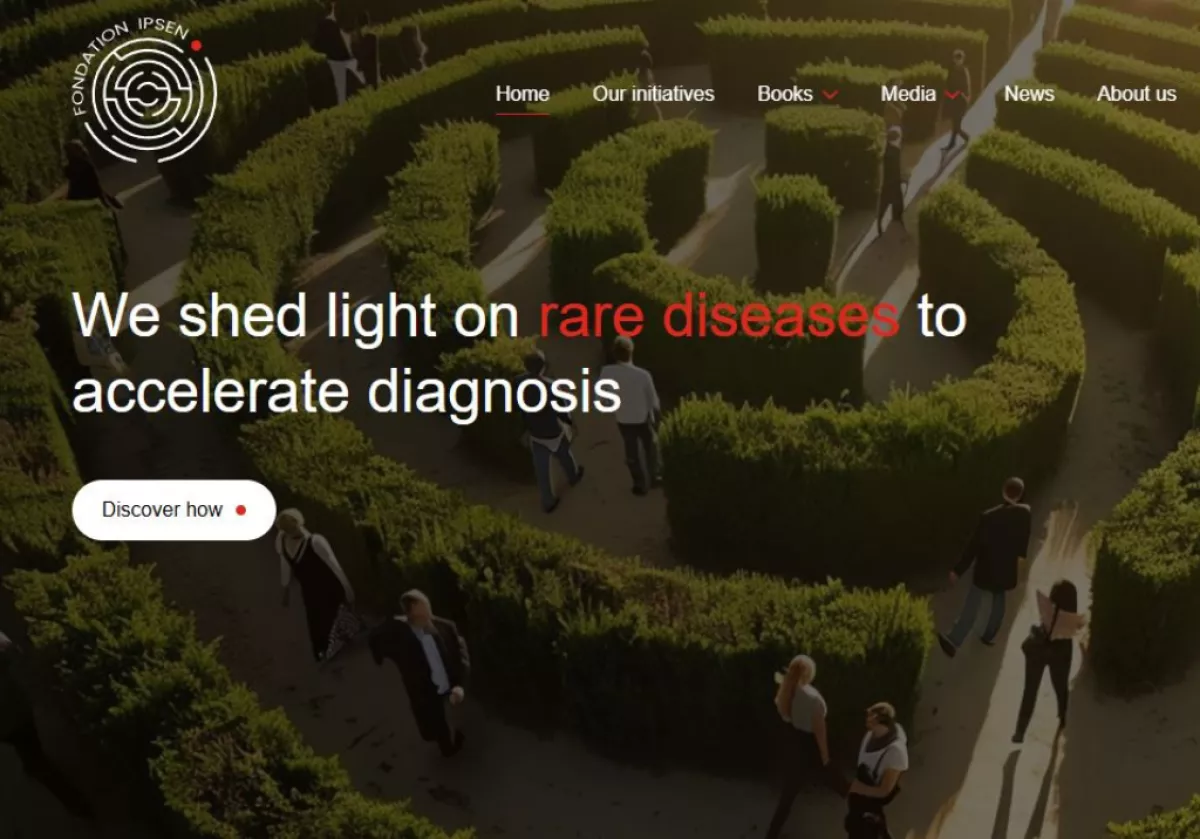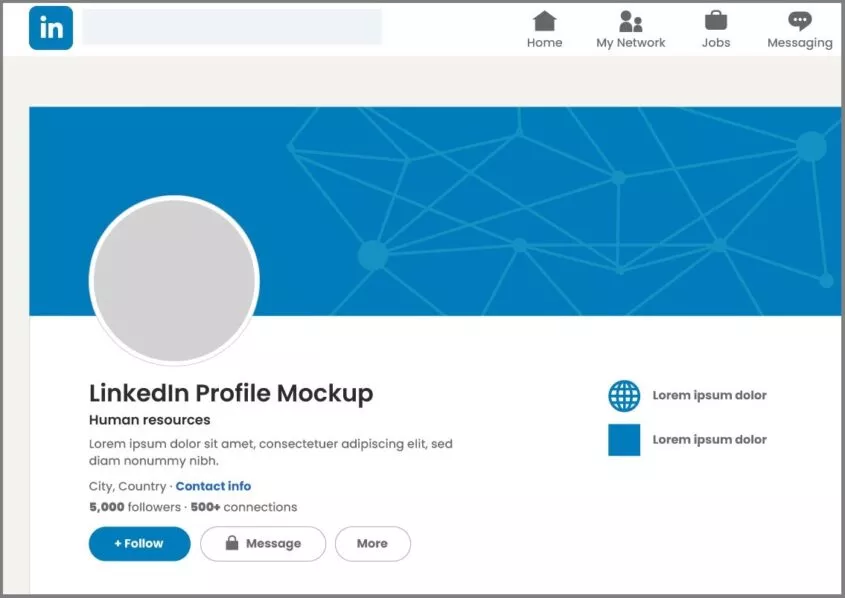
Scientists and social networks: follow our guide!
Social networks are increasingly used by scientists. These powerful communication tools promote visibility and answer the researchers’ many different professional needs. Promoting studies, fostering partnerships or aiding scientific monitoring are just the tip of the iceberg. Let’s take stock of the advantages of social networks and how to use them better to gain visibility.
Trends and developments in social networks
The use of social networks changes very quickly. New platforms, new formats, it is hard to keep track! In the past few years, LinkedIn has firmly established itself as the leading professional social network. With more than a billion members in the world, its tremendous growth makes it an indispensable social network. On the other hand, X (formerly Twitter) has been marked by a lack of interest in recent months, while users turn towards Bluesky.
If Instagram, TikTok and Facebook were mainly associated with private use, many research organisations now hold an Instagram account, and some are getting started on TikTok. YouTube holds a special place in the landscape, because it is primarily a hosting platform and a video search engine. Yet many consider it as a full-fledged social network because it includes social features (ratings, comments) to foster exchanges between users and content creators.
Most research organisations are found on all these general social networks. Other specialised platforms dedicated to researchers, like ResearchGate or Academia, make it possible to share scientific publications and to participate in discussions on articles or research topics. This diverse landscape is an opportunity to develop your notoriety within the scientific community.
Social networks as monitoring tools
Most web users use social networks to access information, without necessarily writing posts. If you are not motivated by content creation, your presence on social networks is a direct, quick and free means of staying up-to-date on a topic.
Many leading experts in a scientific field and research institutes actively publish on social networks. To efficiently organize your scientific monitoring, follow the accounts of research organisations, influential researchers, journals in your field and select the relevant hashtags. You can then keep track of the latest breakthroughs, debates in the field, or even watch an interesting conference taking place on the other side of the world!
Beware however, the scientific world is not immune to fake news. Don’t forget to diversify your sources and to cross-reference information found on social networks with other reliable sources.
Take care of your image and profile
Even if you are a “passive” user on social networks, as long as you are present, it is vital to keep your profile updated. Your Linkedin profile can be checked by future collaborators, journalists or funding organisations. It contributes to your brand image.
Start by using a recent, high-quality photo specially taken for social networks, with a professional background (avoid your holiday photos!). Write a short biography explaining your career and skills. Highlight your specific qualifications and present your current activities. Don’t forget to ask a few recommendations to your professional contacts. It will add a more personal touch to your background and increase your credibility.
Grow your network and improve your visibility
Social networks also make it possible to expand your network to include other experts in your field, scientists in other disciplines or even the general public. Social media open dialogue and allow a wide audience to join in conversations. Don’t forget to react to posts written by others: like, comment, share. Some professional relationships develop this way.
Using social networks also improves interactions between researchers and journalists, which increases the impact of their work. A scientist who shares his research activities on Instagram or LinkedIn increases the odds of being cited in an article, since many journalists use social networks as monitoring tools.
Our advice to take advantage of social media
Communicating on social media is an excellent way of promoting your activities. But to be seen, you need to master the codes of each platform. What type of format should you choose? How frequently do you need to publish? Which days of the week and at what time? The algorithms of each platform vary and make the rules.
Target your communications
Before getting started, define your communication objectives and analyse the pros and cons of the different platforms. Indeed, using several social networks improves visibility but it is also time-consuming. Each platform requires a specific editorial line tailored to different targets. You will therefore need to adapt the content to each platform. A detailed article on the main breakthroughs presented at a scientific conference will naturally fit in LinkedIn, whereas a short science popularization video on the use of a microscope will be more appropriate on TikTok. Copy-paste is rarely an option.
Create attractive posts
To boost your posts, use illustrations (photos, videos), and relevant hashtags. Videos draw attention and generate more interactions. To feed your content regularly, take photos of your experiences, make videos during your professional meetings or create original illustrations to accompany your scientific papers. Conferences also provide an opportunity to be photographed. Generally speaking, photos in which you appear will be more successful.
The text in your posts need to be carefully written. Use impactful vocabulary and short sentences. Users usually only read the first three lines of the post before clicking on “read more”. You need to catch their attention in the introduction. Don’t hesitate to share your emotions (pride, anger, joy) to make your texts more engaging. A post’s success is measured in the number of views, likes and comments. To foster interactions, answer comments within hours of the publication.
Post regularly
Publishing posts each day or each week is one of the keys to increase your visibility because every social network prioritizes active content creators. Identify the days and hours when your posts are most successful (for example, in the morning, during rush hour) and stick to a schedule. Creating content two to three times a week is no easy feat. Try to allocate time each week to these tasks and organise the publication of your content. Most platforms allow you to schedule posts in advance. Tools like Buffer, for example, make it easier to publish on multiple social networks. You can then post your content at the best times, even if you are unavailable.
Want to get started? If you need a little help, our training in social media is the ideal stepping stone to boost your digital communication. Our team of community managers can also manage your profile over time.
To conclude, don’t forget to check out our Instagram and LinkedIn accounts and to follow us! You will find many valuable ideas to promote your research.

